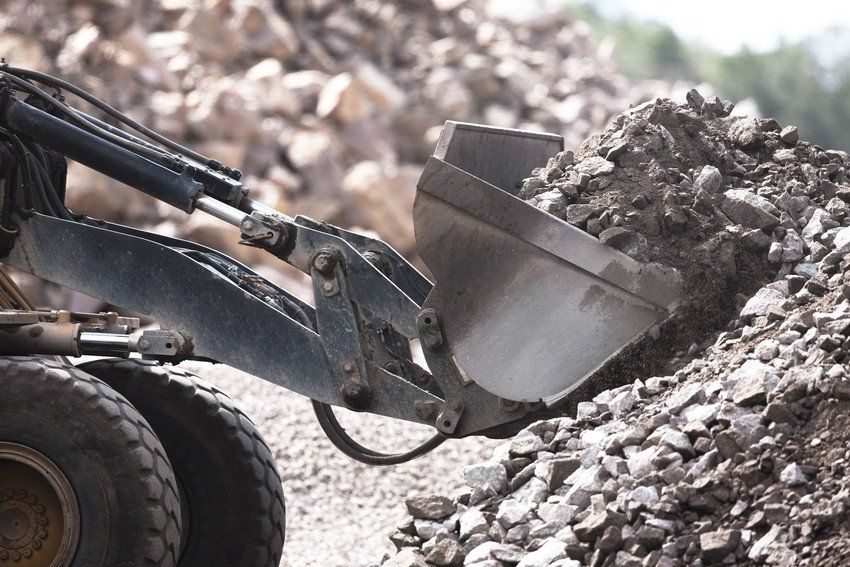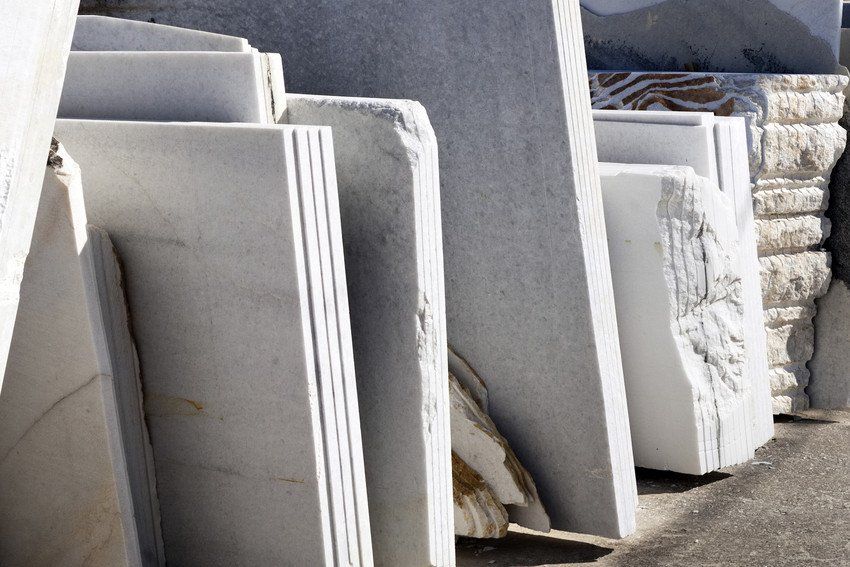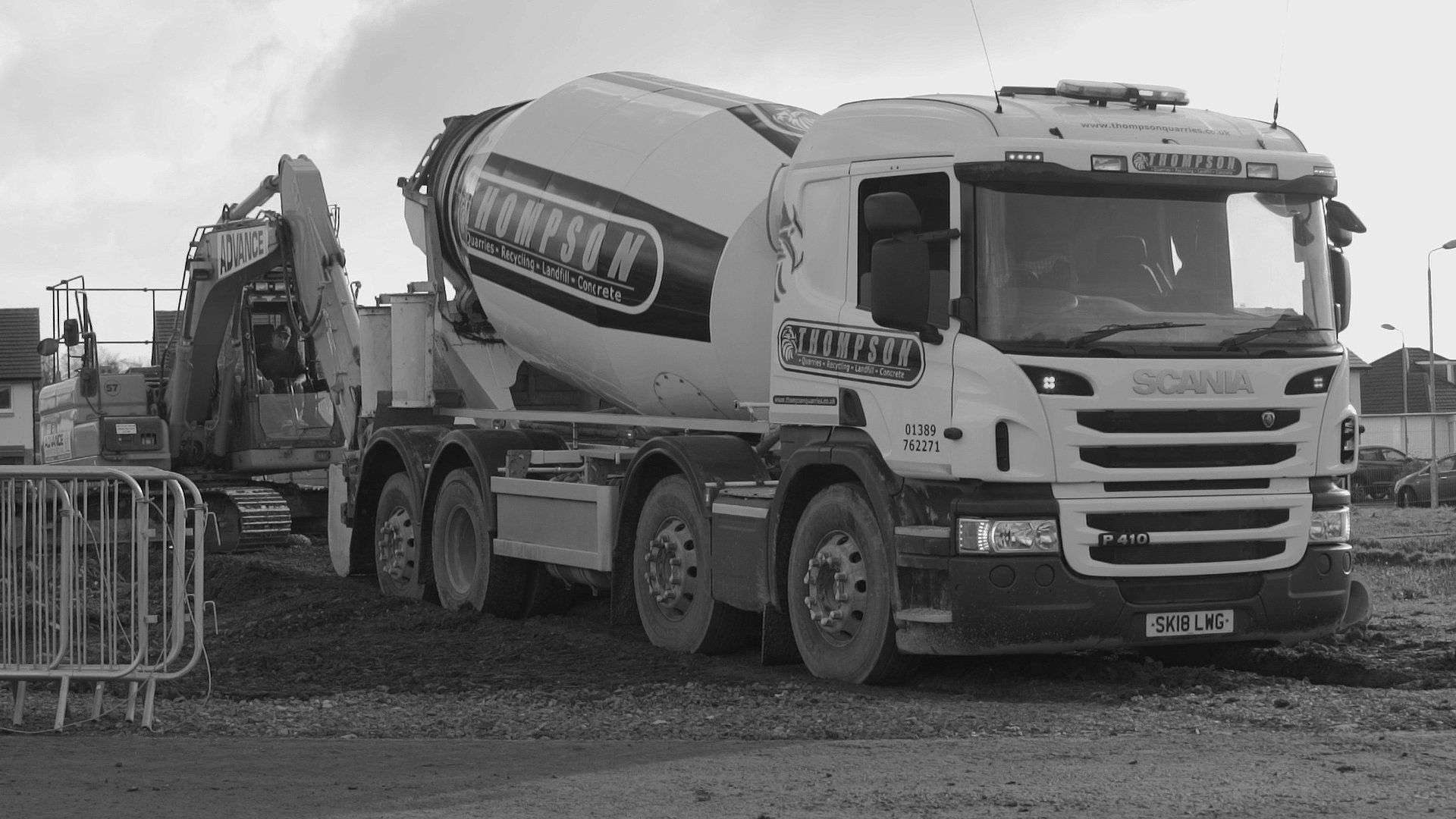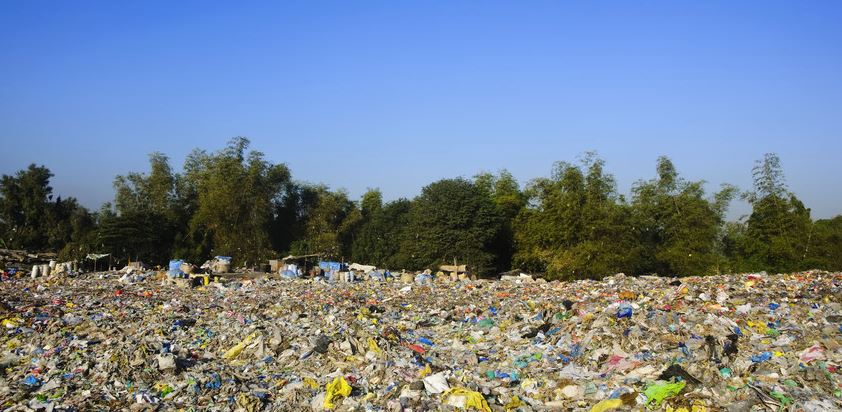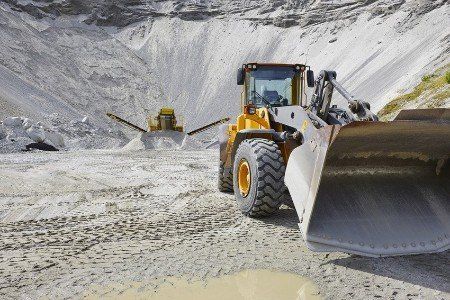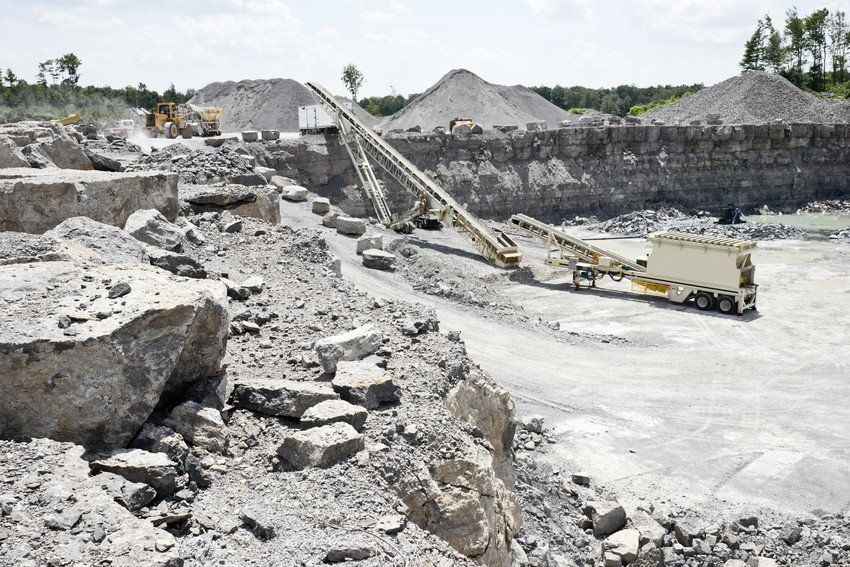How is Stone Quarried? A Comprehensive Guide
- By William Thompson & Son
- •
- 01 Jul, 2019
- •
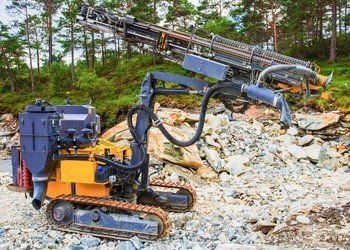
With more than 2000 active quarries in the UK that produce a range of materials, the mineral industry still provides thousands of jobs and contributes billions of pounds each year to the UK’s economy. From Scotland to Cornwall, quarries are located all over the UK, and without them, we wouldn’t have the raw materials such as stones, gravel and sand which are needed for construction. In fact, it should be recognised that in order to maintain our modern way of living, quarries provide the basis for many modes of transport and basic necessities such as sewage systems - without them, life, as it is, would be very different.
But what exactly is quarrying, and how do they work? For a little more insight into this industry, this blog will provide an informative guide.
Quarrying is the process of removing natural resources such as rock, sand, gravel and other materials from the ground, so they can be used in construction and other similar projects. In the UK, the majority of materials that are extracted are used for construction - these are known as ‘aggregates’, a broad category of medium-grained materials that are washed and sorted by size before being sold.
In the UK, quarrying has been documented in as early a 14th-century construction. However, in other areas of the world such as Ancient Egypt and Rome, quarrying was the most used process for building the great pyramids, colosseums, roads and housing. In Ancient Rome this job would have been assigned to criminals and slaves - a very dangerous job which often resulted in death for those involved. Without the equipment we have today, quarrying was done using home crafted tools such as hammers, chisels, picks and manpower, making the process a whole lot longer and riskier.
One of the most famous stone monuments in the UK is Stonehenge, and for archaeologists and geologists, how the stones were placed in their arrangement is still somewhat of a mystery. It is widely believed that the bigger stones were brought down from Malborough Downs, nearly twenty to thirty miles north while the smaller ‘bluestones’ originate from several sites around Western Wales, as far as 180 miles - with each stone weighing tonnes, it’s still puzzling to this day how they were moved by hand. Theories suggest that the stones were hauled by hand, across the sea or moved by glaciers.
What is the difference between a quarry and a mine?
Quite simply, a mine is defined as underground working and a quarry is a site of extraction that doesn’t contain a roof - however, outside of the UK mining and quarrying are used interchangeably. Additionally, quarries are principally used for the production of raw construction materials or those needed to make resources such as ready-mixed cement and concrete. Mines on the other hand generally produce smaller quantities of more valuable materials such as coal, fertiliser materials, metallic ores, nickel and gold.
Gravel, concrete and sand: Materials that quarries manage
Quarries produce aggregates such as gravel, sand and crushed rock. These are usually used in road-making materials, concrete, cement, brickworks and pipe works. Types of rock that are extracted include:
● Coal
● Clay
● Salt
● Slate
● Limestone
You may not realise, but the materials that are produced by quarries are essential for our everyday lives. For thousands of years, man has relied upon stone for construction and today is no different. Early on, stone was the perfect material for building castles, walls and churches, and during the industrial revolution, the use of new technology and improved transport links meant the demand for quarrying could be met.
Nowadays the materials supplied by quarries are needed for improving our roads, building housing, shopping centres, schools, hospitals and ongoing maintenance of these structures.
Here at W M Thompson & Sons, we specialise in a range of natural quarry products ready to be used in construction and infrastructure. From gabion stone to recycled crushed stone, each is available in a size of your choice in our Glasgow and Lanarkshire quarries.
As well as the importance that quarrying has for the construction industry, it can also benefit us in many other ways.
● Employment - at a local level quarrying provides new jobs for those living nearby. From working on extraction to transporting materials, there are a number of important roles that need to be filled. Over 30,000 people are employed in quarrying and related industries in the UK.
● Restoration - period buildings and historical landmarks can often only be repaired using the original building materials. Most of today’s landmarks, for example, are made of limestone, and the only way we have access to this is through quarrying.
What is the quarrying process?
Depending on the type of aggregate being quarried, the process may vary, however, generally, quarrying follows the process below.
Step 1: Naturally occurring materials are determined by the geology of the area, so a quarry needs to be placed in this vicinity as well as areas that have good transport links for moving materials out of the quarry. Well before any quarrying begins, extensive plans will need to be established to ensure the quarry does not have a negative impact on the local community and environment.
Step 2: The manual quarrying process may begin by gathering samples from the area, to make sure the raw material is suitable for use. The stone is then polished to determine it’s quality and colour.
Step 3: Once this has been approved, material extraction can start. This is done by breaking large chunks of rock or surface area using explosives to loosen materials.
Step 4: Materials may then be transported to another area where they are crushed to reduce the size and make them easier to transport. This process is then repeated to reduce the size again, and each rock is sorted into similar sizes and impurities are removed.
Step 5: After this, the materials are transported to customers and plants requiring gravel for sale. This could be used on building sites, labouring jobs or sold in commercial stores.
What happens to disused quarries?
When sand and gravel is extracted from quarries, a large water-filled pit is often left behind. If properly managed and made safe, these areas can be reused as valuable habitats for water creatures or made into leisure lakes. Stone quarries, on the other hand, can be reclaimed as racing tracks depending on their size.
In many cases, the fate of a quarry is discussed even before extraction takes place, as a quarry application may request a proposed rehabilitation plan. However, there is a time limit imposed on land extraction so companies cannot work indefinitely - they are also required to reinstate the land to a state that can be used for other purposes.
W M Thompson & Sons: Affordable gravel prices and other quarry services
W M Thompson & Sons, based in Glasgow, is the family-run quarry catering to a diverse range of clients. Our flexible services mean we can supply aggregates at short notice and in bespoke loads, so your project doesn’t need to be on hold. We also provide reliable waste disposal solutions for large amounts of waste that cannot be recycled. For more information get in touch.



